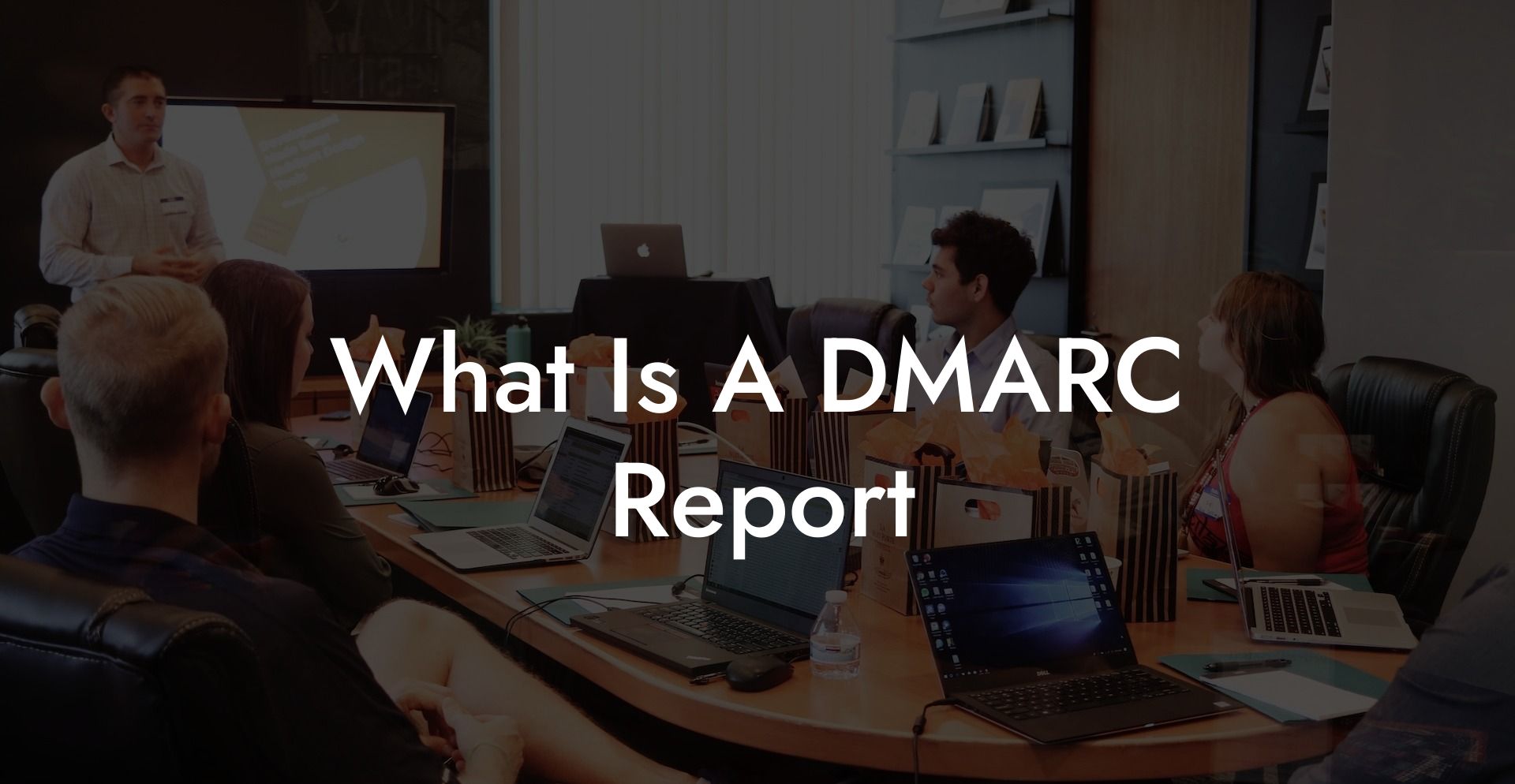The digital world has provided new and sophisticated options for cybercriminals to target unsuspecting users and their personal information. Understanding the different types of threats that exist and how to protect against them is integral to maintaining a strong cybersecurity strategy. One such protective mechanism is the DMARC report. In this article, we will dive deep into what DMARC reports are, their importance, and how they work to improve email security and keep cybercriminals at bay.
Understanding the Basics of DMARC
Domain-based Message Authentication, Reporting & Conformance (DMARC) is an email authentication and reporting protocol designed to provide insight into the email ecosystem of a domain. DMARC aims to help domain owners identify possible vulnerabilities, check the authenticity of incoming emails, and make it more difficult for cybercriminals to launch phishing attacks, ensuring that only legitimate emails reach their intended recipients.
How Does DMARC Work?
Protect Your Data Today With a Secure Password Manager. Our Top Password Managers:
DMARC works as an added layer of security on top of two existing email authentication mechanisms: Sender Policy Framework (SPF) and DomainKeys Identified Mail (DKIM). SPF allows domain owners to specify which mail servers are authorized to send mail on behalf of their domain, while DKIM adds a digital signature to the email to authenticate the sender's identity. DMARC combines these two technologies and uses a policy that can instruct an email receiver on how to handle emails that fail authentication tests.
Why Implementing DMARC Matters
1. Protection against phishing attacks: By authenticating email sources, DMARC helps protect your domain against impersonation and phishing attacks.
2. Improved email deliverability: Implementing DMARC increases the likelihood that legitimate emails from your domain will land in the recipient's inbox instead of their spam folder.
3. Domain reputation enhancement: Following DMARC best practices can improve your domain's reputation among email service providers, leading to better email deliverability rates.
4. Visibility into email sources: DMARC reports provide valuable insight into the state of your email ecosystem, including information about both legitimate and fraudulent email sources.
What is a DMARC Report?
DMARC reports provide vital information about how your domain's emails are being handled and processed by various email clients. They help domain owners make informed decisions on how to protect their domains and prevent email threats. There are two types of DMARC reports: Aggregate (RUA) and Forensic (RUF).
Aggregate Reports (RUA)
Aggregate reports, or RUA reports, are daily summaries of email authentication results for a specific domain. They include information about the number of messages received, whether they passed or failed SPF, DKIM, and DMARC checks, and the actions taken by the email receiver based on the domain owner's DMARC policy.
Forensic Reports (RUF)
Forensic reports, or RUF reports, provide detailed information about individual email messages that fail DMARC evaluation. These reports are sent in real-time and can include the message’s header and body, allowing domain owners to identify and investigate potential email security issues quickly.
What Is A DMARC Report Example:
For instance, imagine you own a domain called "example.com". You receive a daily RUA report that shows 100 emails sent from your domain, and 70 of them passed DMARC authentication. This means 30 emails failed the DMARC check, potentially indicating an unauthorized sender using your domain to send malicious emails in a phishing attempt or a legitimate source that has not been configured correctly. By analyzing the RUF report, you can identify the source of the failed messages and take necessary actions, such as updating SPF records or contacting your IT staff to check the issue.
Now that you have a better understanding of DMARC reports and their role in strengthening email security, it's essential to implement this crucial tool to protect your domain from cyber threats better. Don't let the cybercriminals gain the upper hand in the battle for email security; take necessary actions to prevent phishing and ensure only legitimate messages reach their intended recipients.
If you found this guide helpful and informative, don't hesitate to share it with others who may benefit from it. Also, be sure to explore other articles on Voice Phishing for more valuable information on cybersecurity and protecting your domain.
Protect Your Data Today With a Secure Password Manager. Our Top Password Managers:















